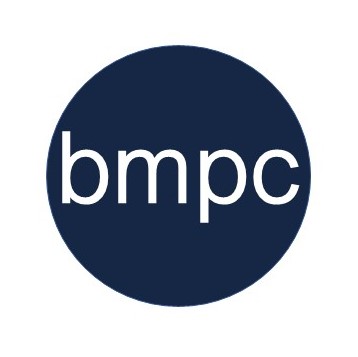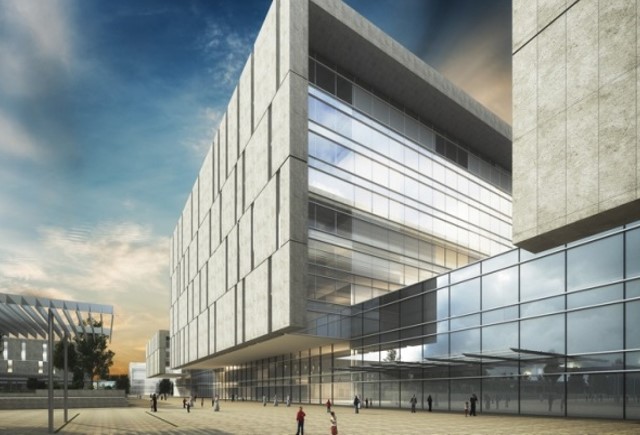In 2013, bmpc wrote an article on how the MENA region’s healthcare market was benefiting from a decade of progressive international healthcare design innovation. Ten years on, we review this article to remind us of previously addressed issues and solutions. Specifically, in our Top 5 Trends for Designing Future Hospitals, we reflect upon the new hospitals brought to the market during this progressive time so as to understand the relevancy of past trends today.
During the 2000s, billions of dollars was spent on constructing new hospitals across first world countries in response to expanding populations, changing healthcare practices, ailing existing estates and new medical technologies. Innovative design models, supported by evidence-based design (EBD), had resulted due to research undertaken in response to evolving challenges at the time. One driving goal of implementing these new healthcare design strategies was to improve clinical, operational and financial outcomes. As we reflect in 2023; are we still challenged with the same problems? Unfortunately, yes, and as we are overwhelmed even more so now, how do we plan for the future and can this be transferred and addressed universally?
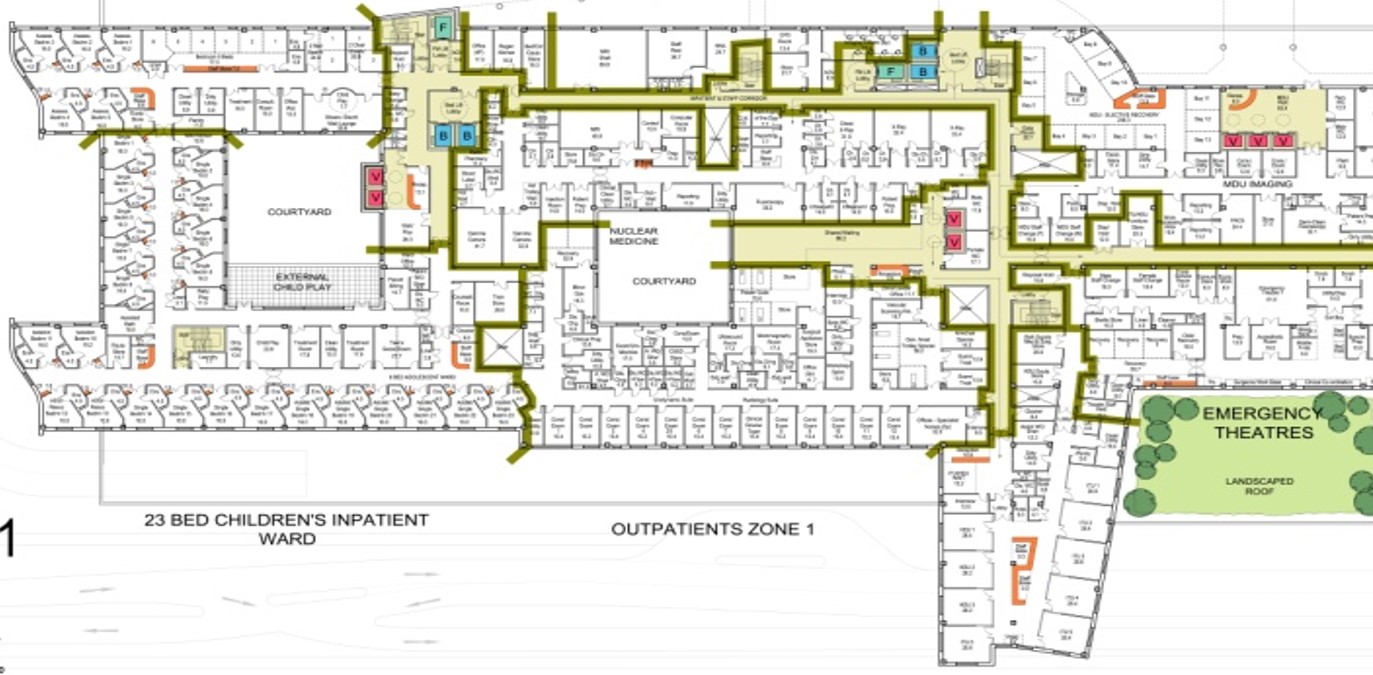
Design drivers remain as important as before; to positively benefit the emotional, physiological and psychological well-being of patients, staff and visitors. With these in mind, these are our current Top 5 Trends for Designing Future Hospitals that will necessitate innovative medical planning.
Reduction of staff stress – highly accentuated during the Covid pandemic, this ongoing matter has far-reaching well-being and financial problems. As designers, it is our duty to inform Clients of the design opportunities that can assist with reducing such problems. For example, developing briefs that offer a variety for appropriately sized staff facilities designed in positively holistic and efficiently functional buildings.
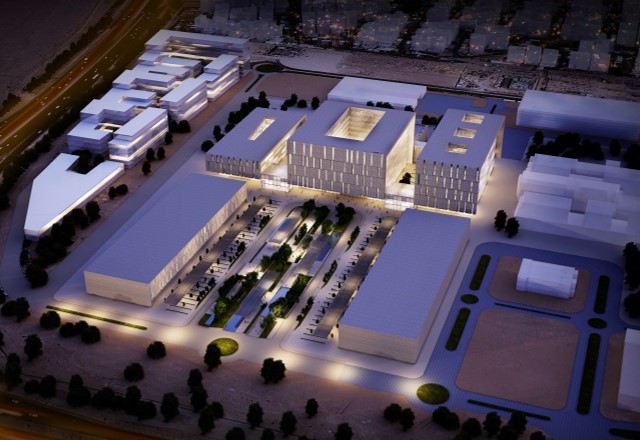
Shortage of healthcare professionals – a constant challenge especially in the post-Covid GCC environment with so many new facilities now operational. Ministries and healthcare operators are experiencing difficulties in filling posts to deliver state-of-the-art modern care. This persistent problem reflects a worldwide trend with many solutions being developed and tested globally. Suffice to say here, that designers must explore how to create environments that reflect staffs’ best interests while they deliver state-of-the-art professional care 24/7.
Infection Control – obviously, infection control will continue to be a dominant driver in healthcare design. Ten years ago, designers’ main focus was on the general day-to-day reduction of nosocomial illnesses. New strategies and guidance were created and continue to be incorporated to address the ongoing fight against infection – all catered for mainly through detailed design. Post the devastation of Covid, new criteria needs to be considered to cater more appropriately for other scenarios of similar scale. Assessing such matters with Clients as early as possible is key to planning for these possible eventualities.
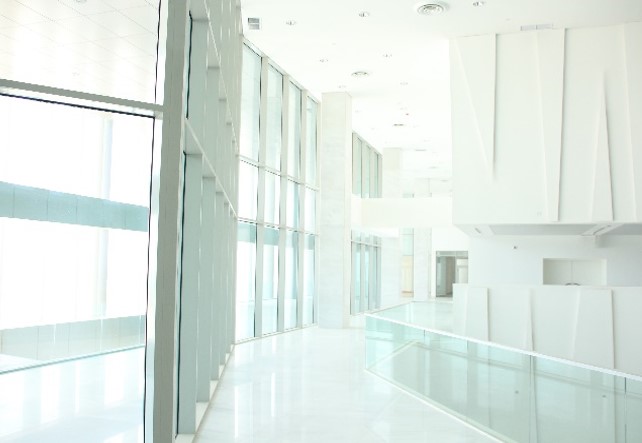
Future technologies – always an interesting topic to review since technological developments expand exponentially these days. At this time, it is advised as beneficial to explore the future impact of recent developments in artificial intelligence (AI) and ChatGPT. Ten years ago, the future technological disruptors were assumed to be 3D printed biomaterials, bionics and AI. While the first two technologies have improved patients’ lives tremendously, AI is only starting to make progress. Nevertheless, it is believed that AI will be fundamental in creating a paradigm shift in future medical science, healthcare practices and systems. In response, innovative ways to treat and prevent illness will redefine how current healthcare is delivered, for example, a continued shift towards interventional surgical practices which will challenge the current medical planning of hospitals.
Telemedicine – while an old technology, the culture of medical practice is finally evolving due to its necessity of delivering care during Covid. Bmpc’s emphasis of this trend’s importance in 2013 unfortunately progressed slowly in the GCC. It is hoped that as younger generations embrace mobile technologies, the growth of telemedicine use will increase but also expansively across the delivery of medical care. bmpc once again emphasises the importance of telemedicine as a strong contender for change even for one purpose alone – to assist with tackling future critical staff shortages.
